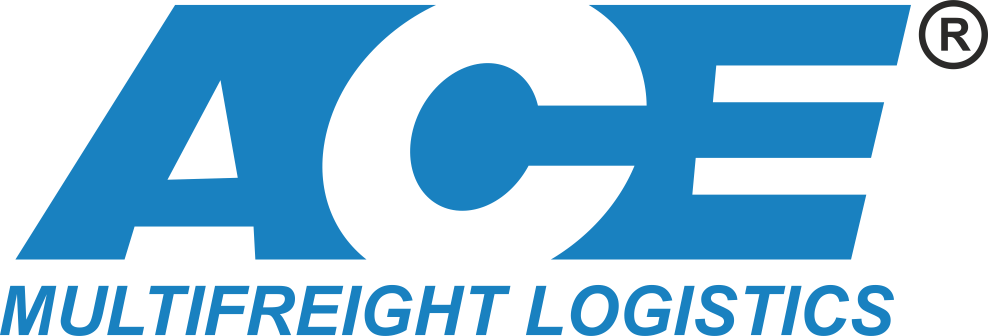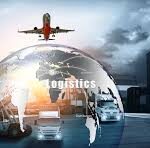Value is something that most people in business expect when buying products and services. At the corporate level, the thoughts are about monetary value. But it is also necessary to think of value in a sense of being beneficial or useful. And this is an important role for a Supply Chains group when, for example, providing ‘in-full and on-time’ delivery of customer orders.
Corporate level Value
Financial value is added when the form of purchased materials and components are changed to produce a product for sale. But businesses that only sell finished goods add value by gaining placement of a product on a retail shelf. Value Added (VA) measures the contribution to the business by all employees, through their knowledge, imagination, effort and skills, recognising that ‘people add value and technology reduces costs’. Below is a Value Added Statement:
Inter-operability of data for planning Supply Chains
Integration is not advised
The tight integration of systems and data is promoted as enabling a more effective organisation. However, as an organisation becomes more tightly linked, there is an increased risk that systems become fragile and something will break when events in supply chains generate Uncertainty (derived from complexity, variability and constraints). Too much structure and integration can result in a lack of agility to respond to changes in the wider environment.
The previous blogpost discussed the proposition that Finance and Supply Chain groups should have integrated data to “accelerate the decision-making process and enhance the organisation’s resilience”. The conclusion cautioned against integration. Instead, it recommended that critical interfaces and associated data requirements be identified and to signal abnormalities in patterns. This improves inter-operability between the two processes and enables a closer working relationship that could derive benefits for both groups. This can also apply to other working relationships in a business.






2 Comments
DotUfBmlocJlCZtAu
UlmMzypPyukxuRihBcLO
vLeMkaEagYWBQkDEfqsvhupY
INmYuHMKPeJNGrFSbelGK